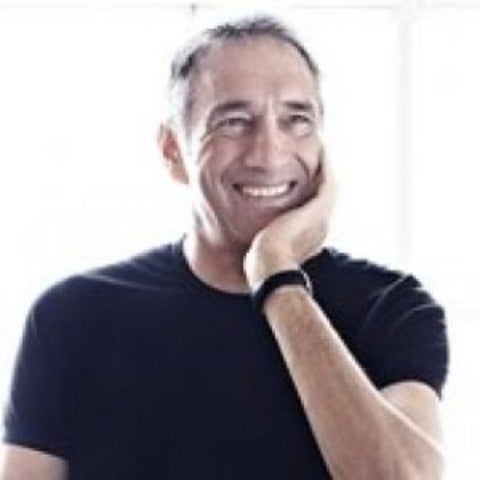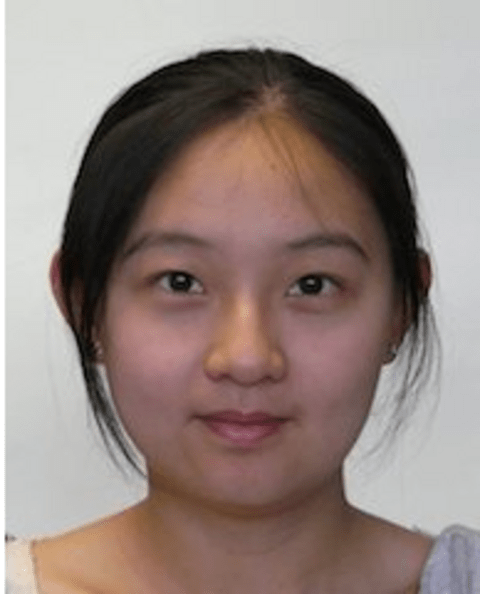Quantum Hacking after Measurement-Device-Independent Quantum Cryptography
Anqi Huang - IQC
Quantum key distribution (QKD) is able to achieve information-theoretic security in principle. However, in practice, imperfect devices threaten the security of quantum cryptographic systems. As a promising countermeasure against practical attacks, measurement-device-independent (MDI) QKD is immune to all detector side-channel attacks. Nevertheless, there are some limitations of the MDI QKD protocol. To overcome the technical limitations of MDI QKD, I scrutinized and evaluated other two countermeasures against imperfect detections.

 Featured Speaker: Dr. Ron Dembo
Featured Speaker: Dr. Ron Dembo
 Xiaodong Ma: Topological insulator and the quantum anomalous Hall effect
Xiaodong Ma: Topological insulator and the quantum anomalous Hall effect